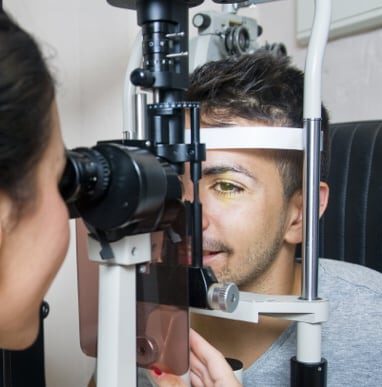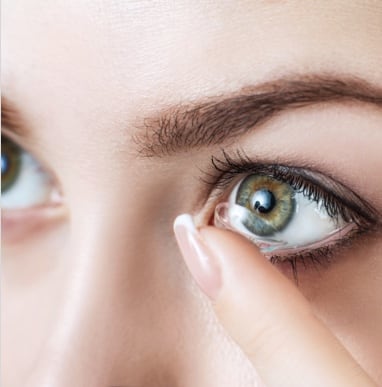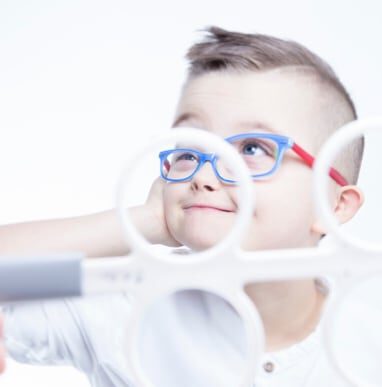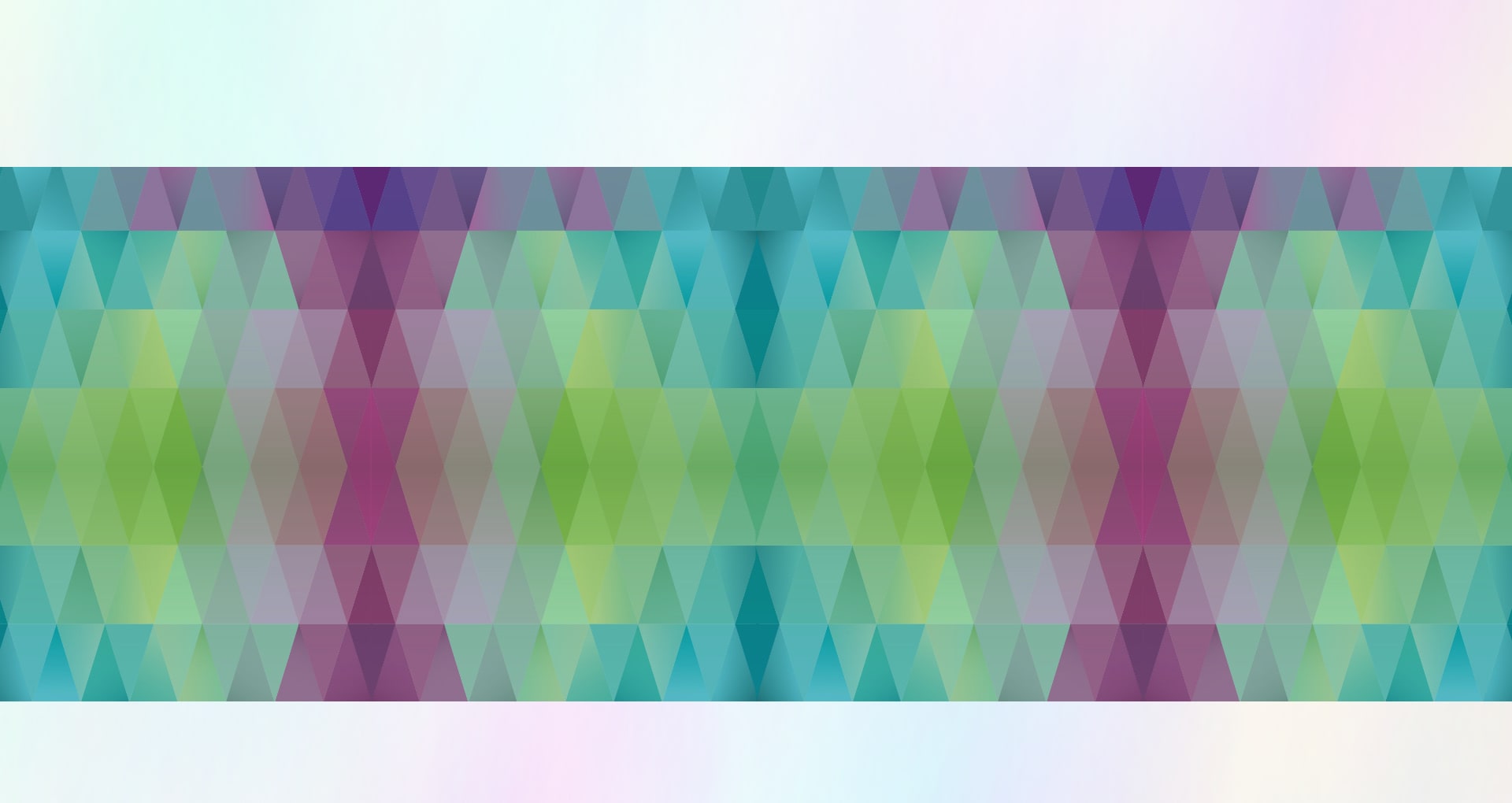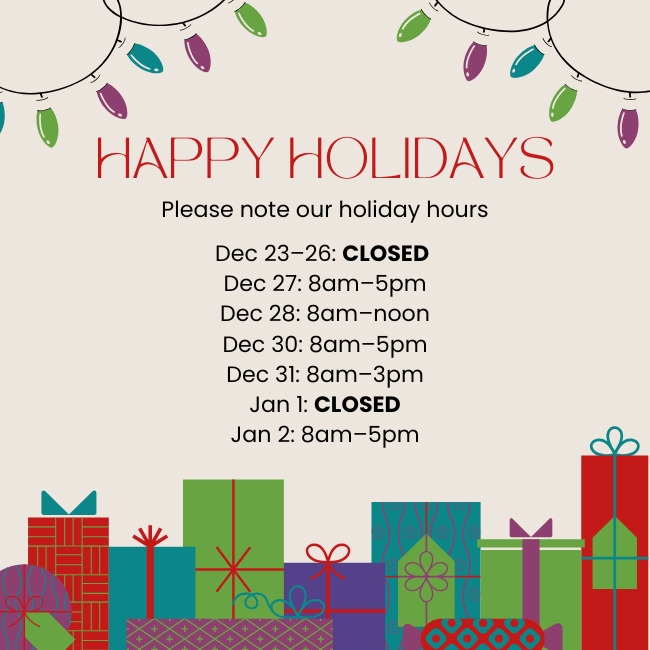People with sedentary digital lifestyles are increasingly experiencing symptoms like headaches, dry eyes, neck pain, and eye fatigue. But what if there was a solution that addressed the root cause of these discomforts?
Neurolens is not just another pair of glasses; it’s a shift in vision correction for those grappling with eye misalignment and associated symptoms. Neurolenses are prescription lenses that use a contoured prism to correct eye misalignment.
What Is Eye Misalignment?
Your eyes work together for clear vision. But when they stop working together, the visual system strains to compensate for the misalignment, overstimulating the trigeminal nerve that sends sensory information to the brain and leading to triggering symptoms and trigeminal dysphoria.
Eye misalignment usually develops in childhood but may only be detected in adulthood. Sometimes, it can also develop due to a brain injury, diabetes, or thyroid problems.
What Is Digital Eye Strain?
Prolonged use of digital devices often leads to a phenomenon known as digital eye strain or computer vision syndrome, characterized by a range of vision discomforts. Surprisingly, the issue doesn’t lie in the eye but in eye alignment and the digital world our brain perceives.
For many, screens force our eyes into positions they naturally avoid, leading to over-exertion and the telltale symptoms of digital eye strain, such as:
- Shoulder pain and neck pain
- Neck stiffness
- Headache
- Blurred vision
- Double vision
- The slowness of focus change
- Eye fatigue
- Sore eyes
How Neurolens Works
Traditional lenses correct vision in a straight-ahead position, but they can leave the eyes vulnerable to stress. The positioning of the eyes when looking at screens can force the brain to work harder to realign what it’s seeing.
Neurolenses work differently than traditional lenses. Neurolenses have a contoured prism design that alters how the eyes work together for comfortable alignment. This design helps reduce the stress or pressure on the trigeminal nerve.
Your eye doctor will first identify your symptoms, prevalence, and severity. Once they measure the misalignment, they can prescribe Neurolens based on your needs. Measurements of your eyes can include the following:
- The distance between your eyes and where they should be
- Peripheral and central vision
- Distant and near-eye alignment

Who Can Benefit from Neurolens Technology?
People with binocular vision problems and digital eye strain can benefit from Neurolens. These can include office professionals who spend their days on computers or students and gamers who clock in marathon screen times.
However, particular groups may be especially receptive to the Neurolens, including individuals with higher prescriptions, those with existing eye strain or vision misalignment issues, and individuals managing conditions such as convergence insufficiency.
Convergence insufficiency is an eye condition that occurs when the nerves that control your eye muscles don’t work the right way. It usually starts in childhood but can result from an injury, such as a concussion. Convergence insufficiency affects how your eyes work together for near vision and can cause the following symptoms:
- Blurry vision
- Double vision
- Tired or sore eyes
- Headaches
- Trouble concentrating
Frequently Asked Questions About Neurolens
Is Neurolens the Right Choice for Me?
Neurolens could be the perfect fit for you if you’re experiencing the symptoms of digital eye strain. If headaches, eye fatigue, or difficulty concentrating are a regular part of your screen-focused day, it’s worth discussing Neurolens with your eye doctor. It can also benefit you if you don’t find relief from symptoms with other treatments.
What’s the Difference Between Neurolens & Traditional Lenses?
The key differentiator is the prism technology incorporated into Neurolens. Unlike traditional lenses, it works specifically to reduce the pressure on the trigeminal nerve from visual stimuli.
Will I Need to Change My Habits When Wearing Neurolens?
While Neurolens can offer significant relief, it’s no substitute for responsible screen habits. Regular breaks and the 20-20-20 rule (looking at something 20 feet away for 20 seconds every 20 minutes) still apply to maintain overall eye health.
How Do I Get a Prescription for Neurolens?
Starting your Neurolens journey is as easy as scheduling an eye exam with your optometrist. They’ll be able to assess if Neurolens is a suitable option based on your vision and lifestyle.
Improving Quality of Life
There’s no need to endure the discomfort of digital eye strain when a solution like Neurolens is at hand. This innovative technology can help relieve vision discomfort and symptoms associated with digital eye strain, correct eye misalignment, and improve quality of life.
If you or your child can relate to the above symptoms, book an appointment with Vision Care Center for support for eye alignment problems.




